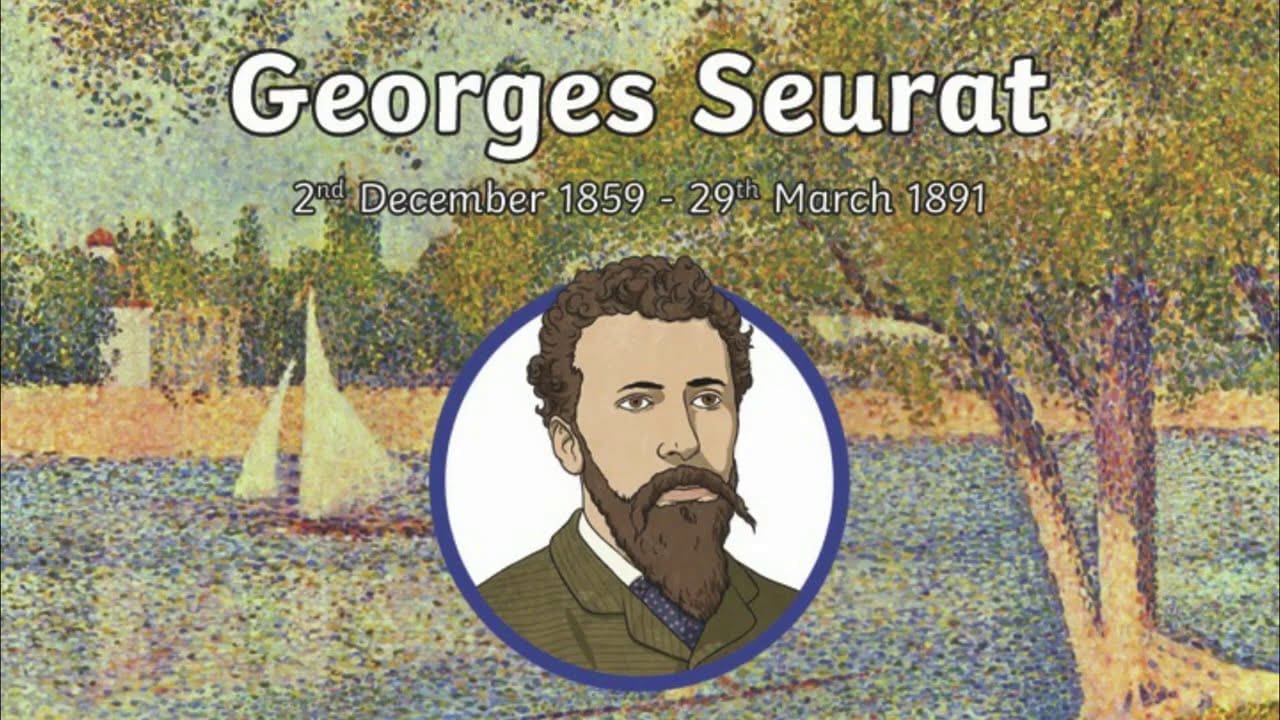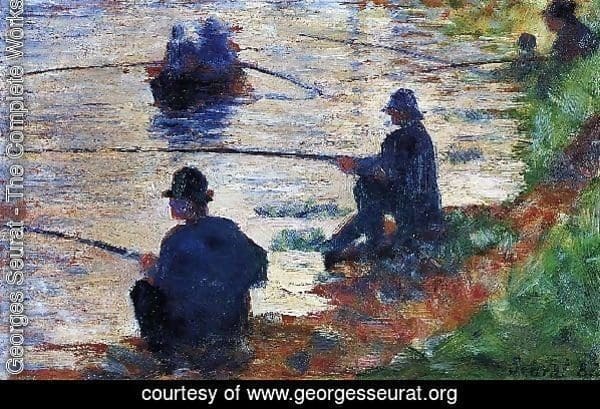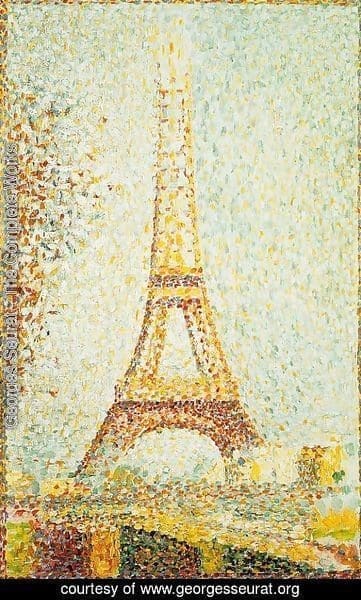
The term “revolutionary art” usually means a timeless kind of art. It is art created for art’s sake, not for fame, money, or a specific audience. It can be described as genuine art originating from the intellectual and emotional endeavors of the artist.
Technological innovations have brought about transformations in the works of artists. For example, the stylistic revolution, known as Impressionism, enticed painters to capture the changing colors of light and shadow more accurately – quite revolutionary for that time.
Georges Seurat (1859-1891) was the founder of the 19th-century French school of Neo-Impressionism. Their technique for portraying the play of light using tiny brushstrokes of contrasting colors is seen in the art world as revolutionary. Let’s learn about Georges Seurat’s artworks so it becomes clear why he is referred to as a revolutionary artist.
Georges Seurat Painter: General Revolutionary Ideas
Seurat’s studies led him to develop a well-considered and fertile contrasts theory. He applied this theory to all his works. He also worked for two years to master the art of monochrome drawing, where a painting is created using only one color or hue. He used different shades of one color, but the painting contained only one base color.
He also developed the painting technique known as chromoluminarism. Chromoluminarism became the characteristic style in Neo-Impressionist paintings. It is defined as separating colors into individual dots or patches that interact optically.
He also used the then newly invented conté crayon for his work on paper. A conté crayon is a hard drawing pencil made of graphite and clay that can be varied for different degrees of hardness. It is usually made in either brown, red, or black and is used in any combination of these colors as a drawing “pencil.”
Seurat was Revolutionary regarding Perspective and Composition
Georges Seurat was a revolutionary artist because he used perfect perspective and composition to arrange his compositions geometrically. This had a significant influence on art in the 20th-Century. Art scholars agree that Seurat’s art has laid the foundation for 20th-Century modernism.
Georges Seurat’s artworks and his revolutionary ideas can be seen in his famous painting “La Grande Jatte.” The painting shows people enjoying a Sunday afternoon near a Boating Lake. It is a perfect composition where every character fits harmoniously into the picture.
It is believed that Seurat has created his landscapes and especially his figures to a strict proportional and classical schema based upon the works of Vitruvius, a Roman artist.
Seurat was Revolutionary in his Complete Scientific Outlook
Seurat was revolutionary in his complete scientific outlook regarding color and light, as shown in his paintings. He used color and light with scientific precision. He was always pursuing scientific esthetics, and he believed that he had discovered the law of pictorial color.
Several art historians agree that Seurat’s use of color and different tones have been remarkable. His moving orchestration of styles and colors and his ongoing search for a living geometrization of form greatly influenced later painters. As a result, most artists during and directly after the Neo-Impressionist era had something to learn about Georges Seurat and the Georges Seurat drawings and paintings.
With Georges Seurat’s scientific and dialectical approach to painting, the barriers between the artwork and the natural world were broken down. He always sought to restore the cultural significance that image had lost with the demise of classicism and academic history painting.
Seurat was Revolutionary by Including the Working Class in Paintings
Seurat supported the art of the working class, and whenever possible, he attempted to paint scenes of working-class life. However, if you check Georges Seurat’s drawings and paintings, you’ll find that there is no evidence in his works of the Bourgeois middle class.
He also broke down the distinction between artist and worker in his paintings. He regarded them as equal. He also sought to break down the difference between so-called fine arts and industrial art.” Seurat tried to portray real working-class people and revolutionized art in the process.

Seurat made artwork that was dialectical, meaning he wanted to create a dialogue between two or more people holding different perceptions about a subject. As a result, the drawings and paintings of Seurat are relentlessly scientific and ingratiatingly popular.
Seurat was Revolutionary in His Scientific Approach to Creating Distance
Many art scholars agree that Seurat has used his revolutionary scientific approach to art to create distance. He was a master with the use of his Pointillism technique. Pointillism is a type of painting where tiny dots of color are applied to a surface so that from a distance, they merge into one another.
Using this painting technique, he illustrated that he was a self-sufficient artist. His works have to be understood in their formal and plastic qualities.

Seurat was Revolutionary in his “addressing” the Role of the Viewer’s eyes.
Art lovers and scholars agree that the scientific way Seurat has studied optics and the relationship between the eye, the perspective, light, dark shadows, and harmonious relationships between different objects are crucial to understanding his compositions.
He was aware that painting addresses itself to the eye. Therefore he investigated optics with a thoroughness. He was the first painter to give this attention to optics again since the Renaissance masters.
Conclusion
Georges Seurat was a great revolutionary painter. He revolutionized Impressionism with his painting of real life. Painting the real life of the working class set him apart from the Impressionism of Monet, Manet, and Renoir. They were only interested in painting pretty pictures using light and color. He developed a scientific and dialectical approach to art that was crucial in understanding the 19th-Century painting environment.
In closing, it can be said that Georges Seurat was one of the essential Post-Impressionist artists. He moved away from the spontaneity and rapidity of Impressionism by developing a structured, more monumental art depicting urban life.

Be the first to comment